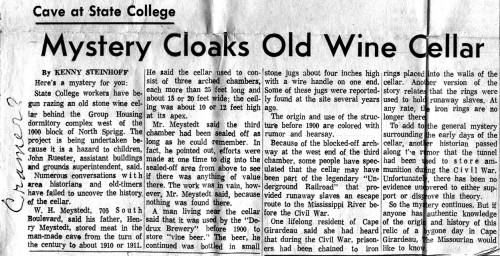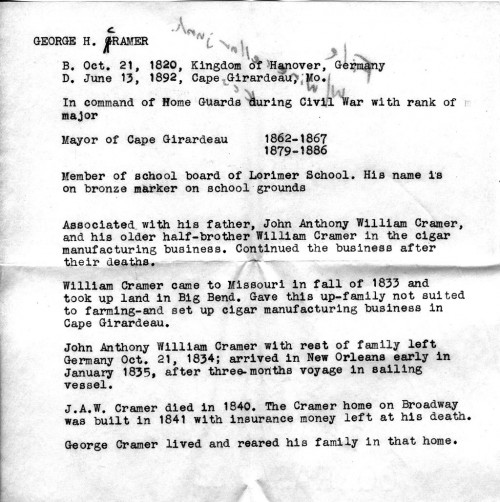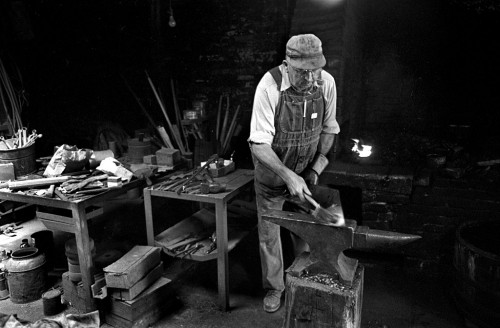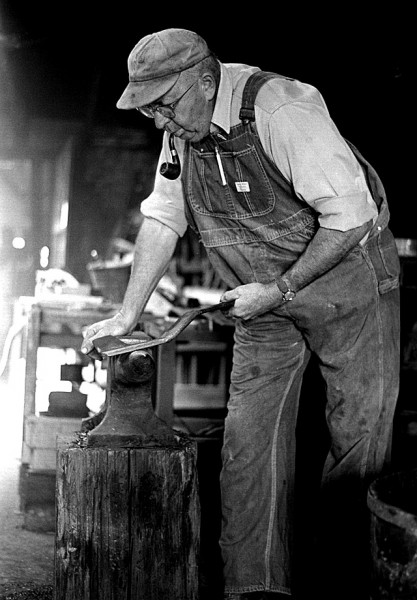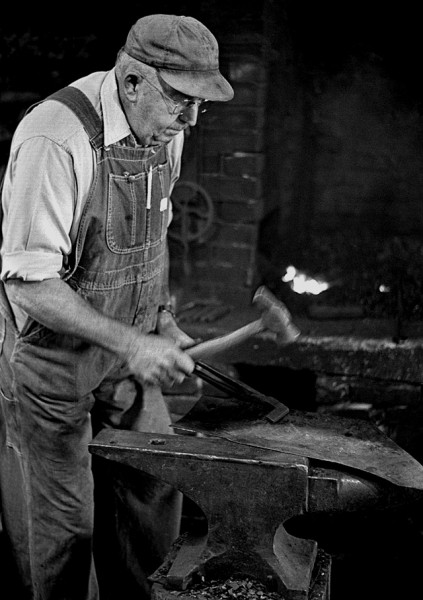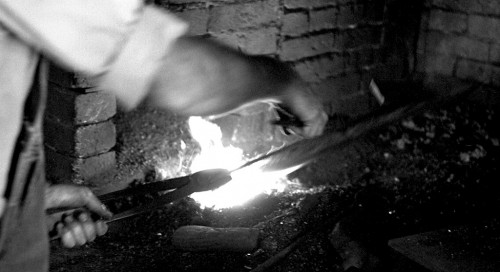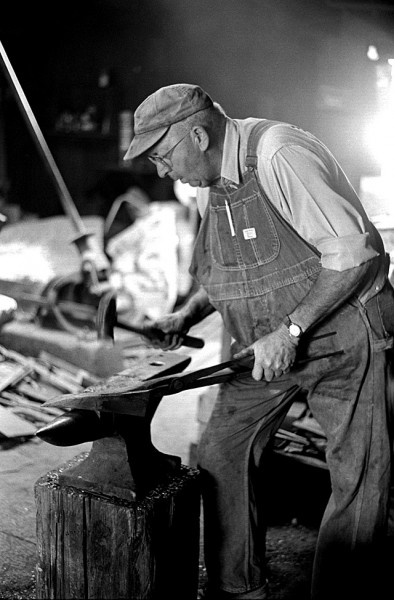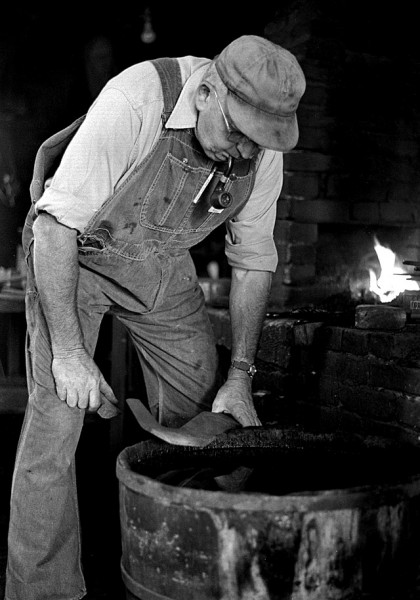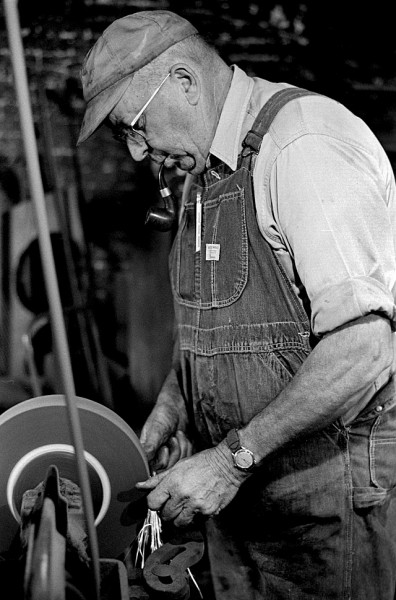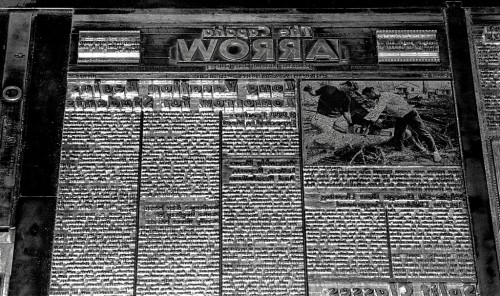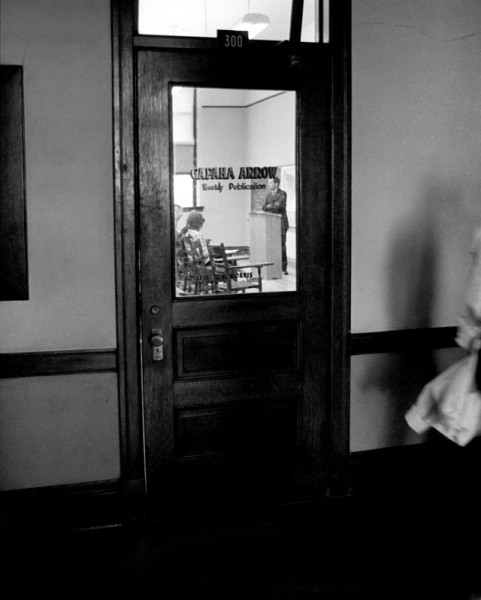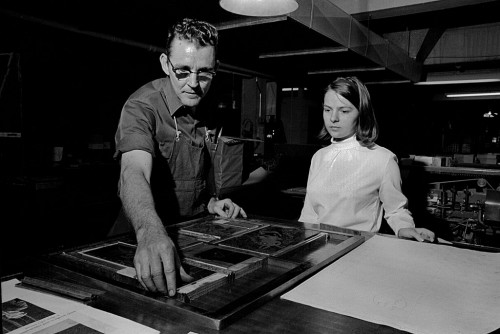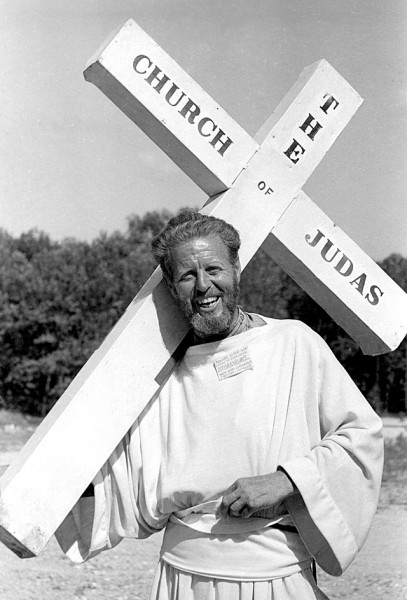 I mentioned that as The Kid of the staff I was on the Huck Finn Beat because they could send me out without wasting a real reporter and, because I could shoot my own pictures, they didn’t have to roust out One-Shot Frony. The Huck Finn Beat also included the non-river tourists like Ken Saunders, who passed through Cape during my summer internship right after high school. The story is not bylined, but I recognize my style enough to claim it as my own, for better or worse. It ran July 16, 1965. Click on any photo to make it larger.
I mentioned that as The Kid of the staff I was on the Huck Finn Beat because they could send me out without wasting a real reporter and, because I could shoot my own pictures, they didn’t have to roust out One-Shot Frony. The Huck Finn Beat also included the non-river tourists like Ken Saunders, who passed through Cape during my summer internship right after high school. The story is not bylined, but I recognize my style enough to claim it as my own, for better or worse. It ran July 16, 1965. Click on any photo to make it larger.
The gentleman in the long, white robe walking briskly along Highway 61 Wednesday afternoon was not a sun-spawned hallucination. He was Kenneth Saunders, a British citizen who has walked from New York City to Los Angeles, Calif, and, thus far, from Memphis, Tenn., to Cape Girardeau.
Has walked 4,000 miles with message
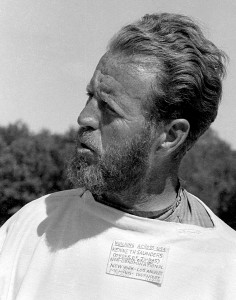 Tall, sunburned an energetic, Mr. Saunders has trekked about 4,000 miles to challenge himself and other Christians to be honest with themselves. “I started in September, 1964 – “it feels like 1864,” he chuckled.
Tall, sunburned an energetic, Mr. Saunders has trekked about 4,000 miles to challenge himself and other Christians to be honest with themselves. “I started in September, 1964 – “it feels like 1864,” he chuckled.
Mr. Saunders carries a metal cross bearing the words “Church of Judas,” and at the drop of a question will hand out a leaflet telling what the Church of Judas is.
“We feel that Judas got a very raw deal,” Mr. Saunders explained. “He was no worse than the other disciples. By hating him, we have a split-level Christianity. Our church teaches that the love of Judas is a halfway point to the total love Christ taught.”
Asked if he was a pacifist, Mr. Saunders replied, “I am, but I’m a poor one. We’re all pacifists, you know, until a war starts.”
Missouri a “friendly, happy state”
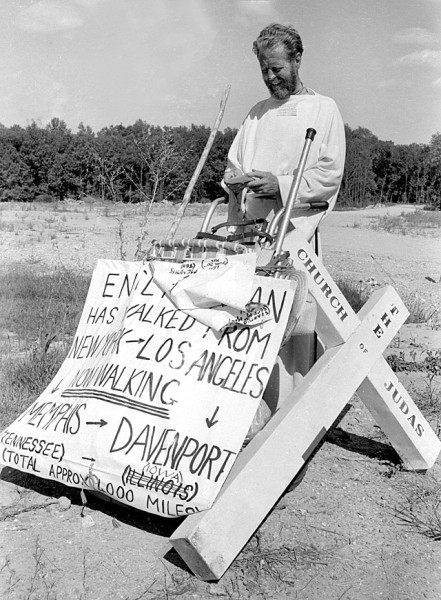 The pilgrim is delighted with Missouri. “This is a friendly, happy state,” he declared. “It has an edge on the other states where friendliness is concerned.”
The pilgrim is delighted with Missouri. “This is a friendly, happy state,” he declared. “It has an edge on the other states where friendliness is concerned.”
Mr. Saunders said he has never been harassed and that police and newsmen in the United States are “absolute tops.”
He hopes to complete his walk next month at Davenport, Iowa.

